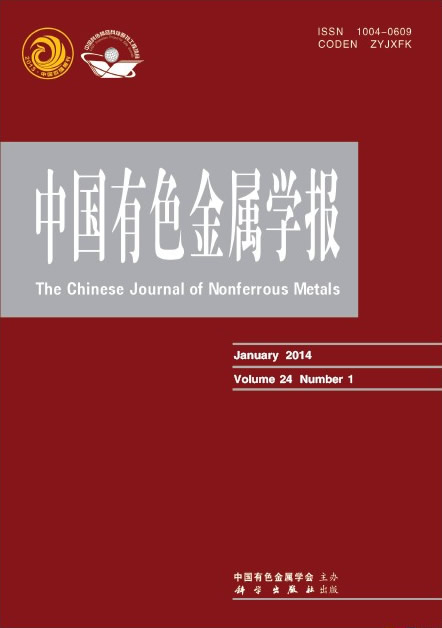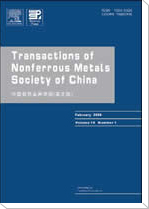(西北有色金属研究院,西安 710016)
摘 要: 综述组合思想在二元和多元钛合金体系中的应用。对于某个确定的钛合金系,组合方法能全面地研究其中的相变规律和组分对合金力学性能的影响。以组合思想为指导,选择Ti-Al-V系和Ti-Al-V-Cr-Mo 2个典型合金体系,利用IM100旋转多靶离子束沉积系统制备出合金元素含量梯度变化的钛合金组合芯片,通过X射线衍射仪(XRD)、原子力显微镜(AFM)、X线光电子谱仪(XPS)表征薄膜态样品库的存在相、形貌和表面元素的化学状态。利用纳米压痕测试钛合金薄膜的硬度,并从Ti-Al-V系和Ti-Al-V-Cr-Mo系中发现2个力学性能最佳的合金组分。
关键字: 钛合金;相变;薄膜;组合方法;组合材料芯片技术
(Northwest Institute for Non-ferrous Metal Research, Xi’an 710016, China)
Abstract:The application of the combinatorial material chip technology (COMBI) which is widely used in research of titanium alloys was summarized. For a multi-element titanium alloy system, it is possible to explore the relationship between alloying element contents and mechanical properties. On the basis of this method, two typical material chips of titanium alloys such as Ti-Al-V and Ti-Al-V-Cr-Mo system were fabricated by an ion beam sputtering method in the form of combinatorial material chip. The phase transformations of the samples in the libraries were identified by XRD. The morphology of samples were observed by the atomic force microscope (AFM). The chemical states of the elements in the libraries were characterized by X-ray photoelectron spectrocopy (XPS). The nanoindentation experiments were carried out to extract the hardness of the films. Furthermore, the composition with the highest hardness in each library were selected.
Key words: titanium alloys; phase transformations; thin films; combinatorial methods; combinatorial material chip technology (COMBI)


